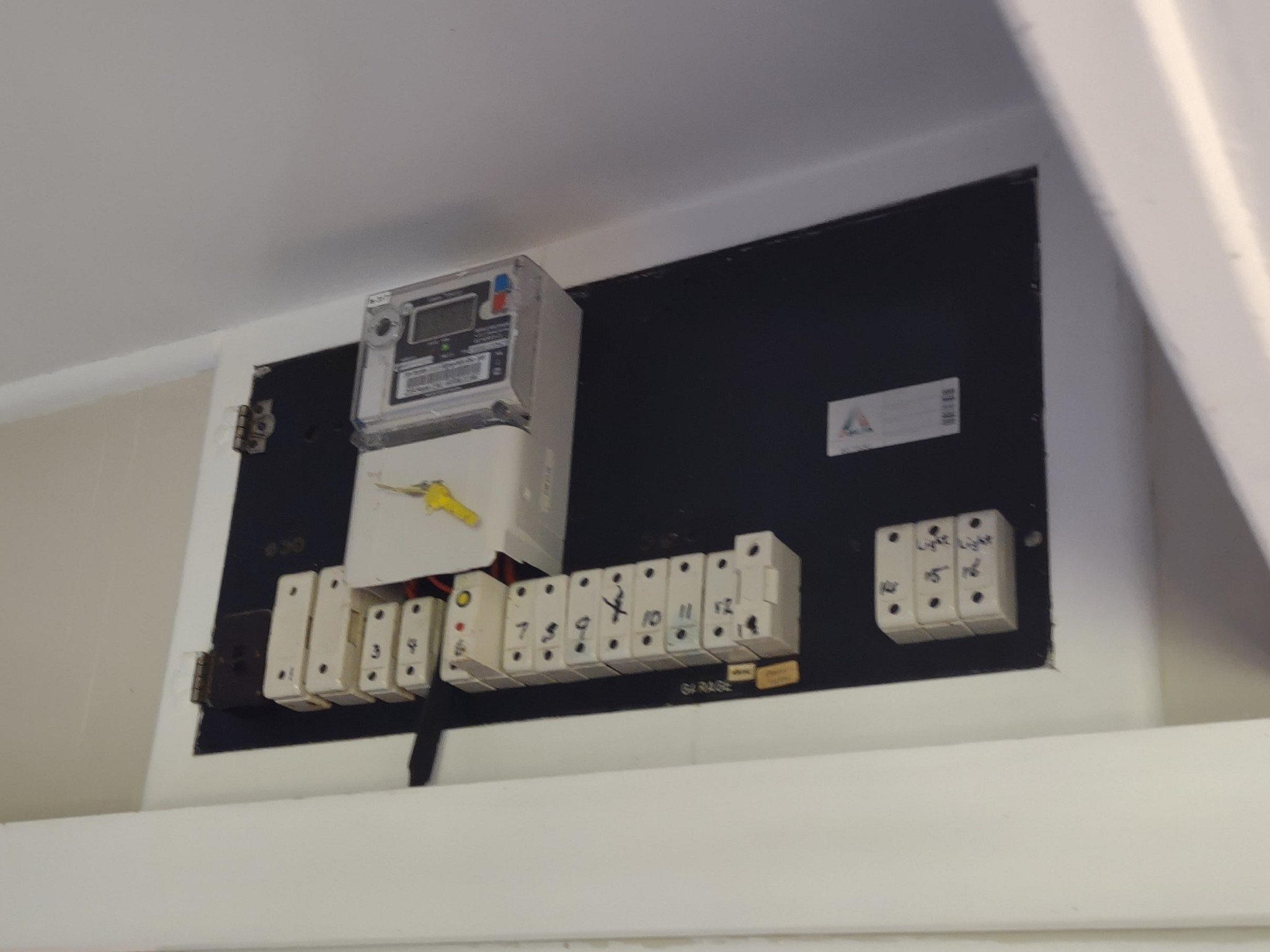Fred99:
I was helping our (reg sparky) son with a job a week or so ago which entailed him putting an RCD on an existing circuit that was being extended. Almost had everything back in the van when he powered it up and the RCD tripped. Got lucky and guessed that a double switch he hadn't been near may have been the culprit, sure enough - two neutrals had been connected together from different circuits to each switch by someone long ago and for some unknown reason. Lucky because that only took a few minutes to fix. IIRC the RCD only tripped when a light was switched on that wasn't on the circuit he'd extended and put the RCD on, when the light was powered up there was 0.3V between the N on the new circuit and the neutral bar, when the light was off there was 0v. If he'd not checked then it would have been worse - the customer would have found it when he used the lights - not a good look really.
So he's recently self-employed and has learned that although almost everyone asks for fixed price quotes because "everybody knows" that's what consumers should do, but from his perspective it's not a great idea to give anything firmer than estimates. Most people seem to "get it" - but it's a PITA having to explain why each time.
And this thread reminds me that there's a box full of new RCDs, RCBOs and breakers in the basement and he's late with an important job to do for the fixed price quote of $0.00 as promised, to replace our ancient asbestos switchboard.
Another one re the neutral issue that can trip people up is if there's a separate distribution board in an outbuilding or garage with an MEN link installed :) Was quite common to install MEN links in all distribution boards years ago
I had the same issue with mixed neutrals in my own house - I have no idea why someone mixed the neutrals for my bathroom lights considering there's perfectly good roof access, laziness I suspect
Always pays to tag things out like faults if you want to be able to recuperate that labour cost. With a switchboard upgrade I tend to wear them if it's not too hard to trace the fault down



